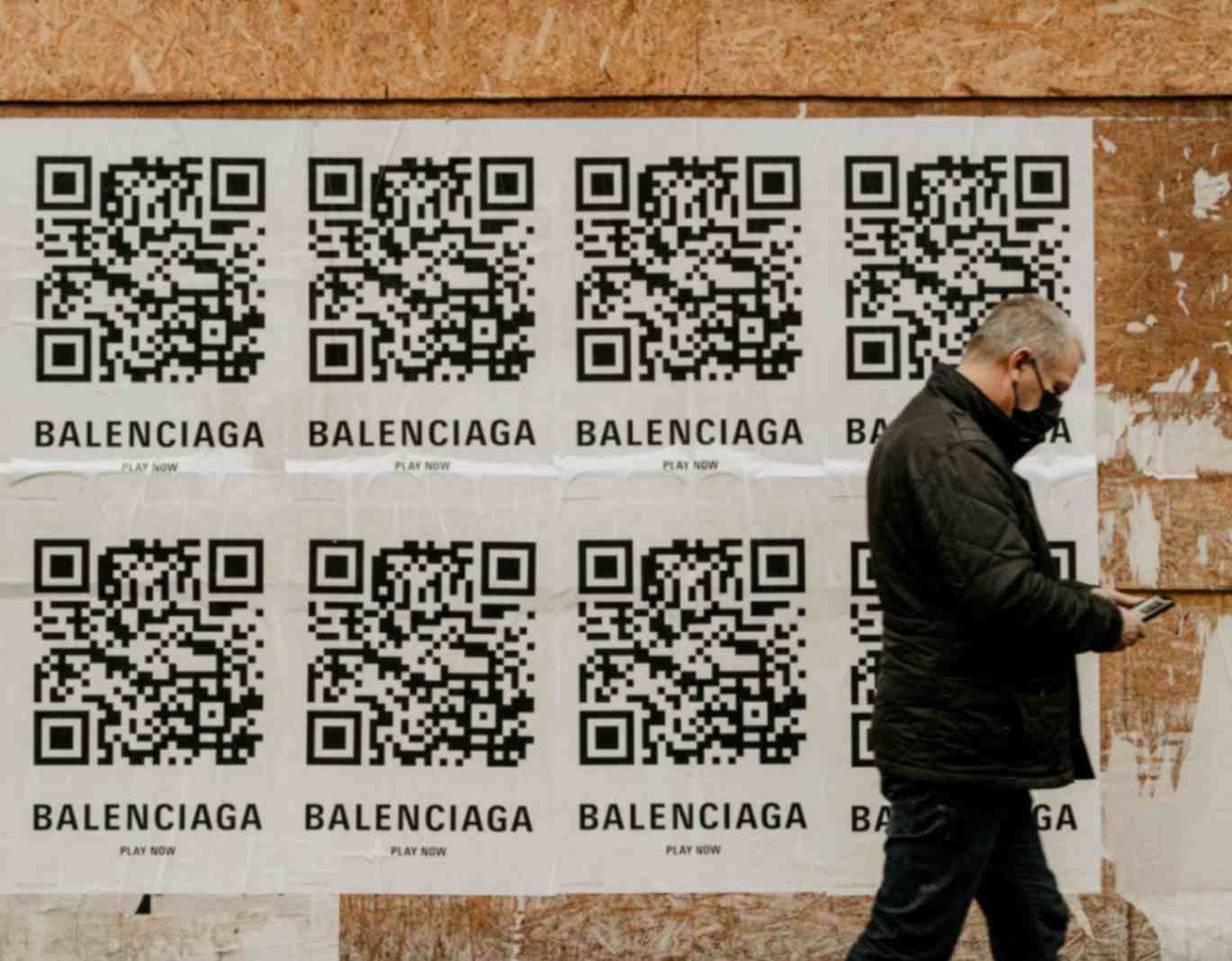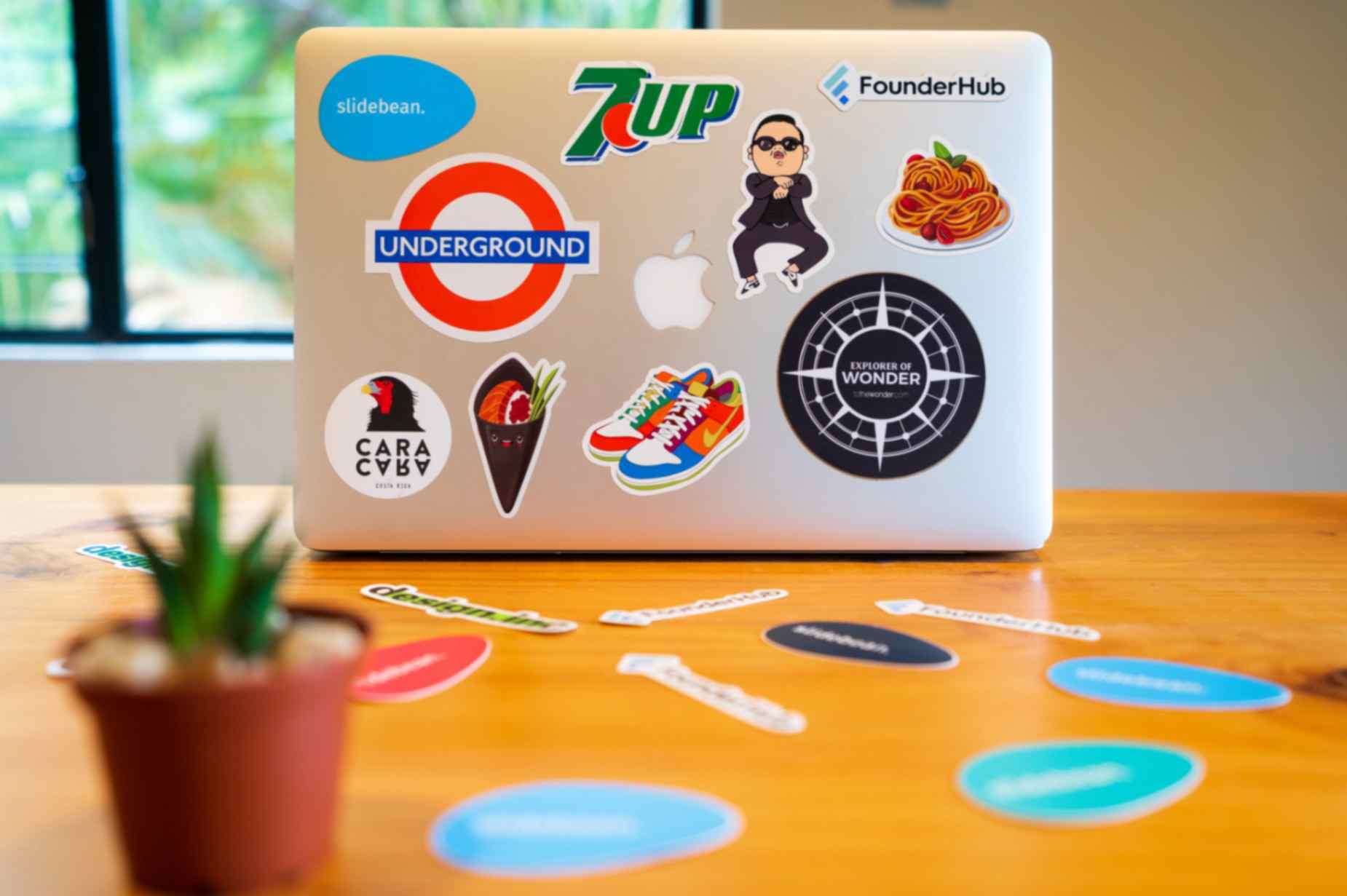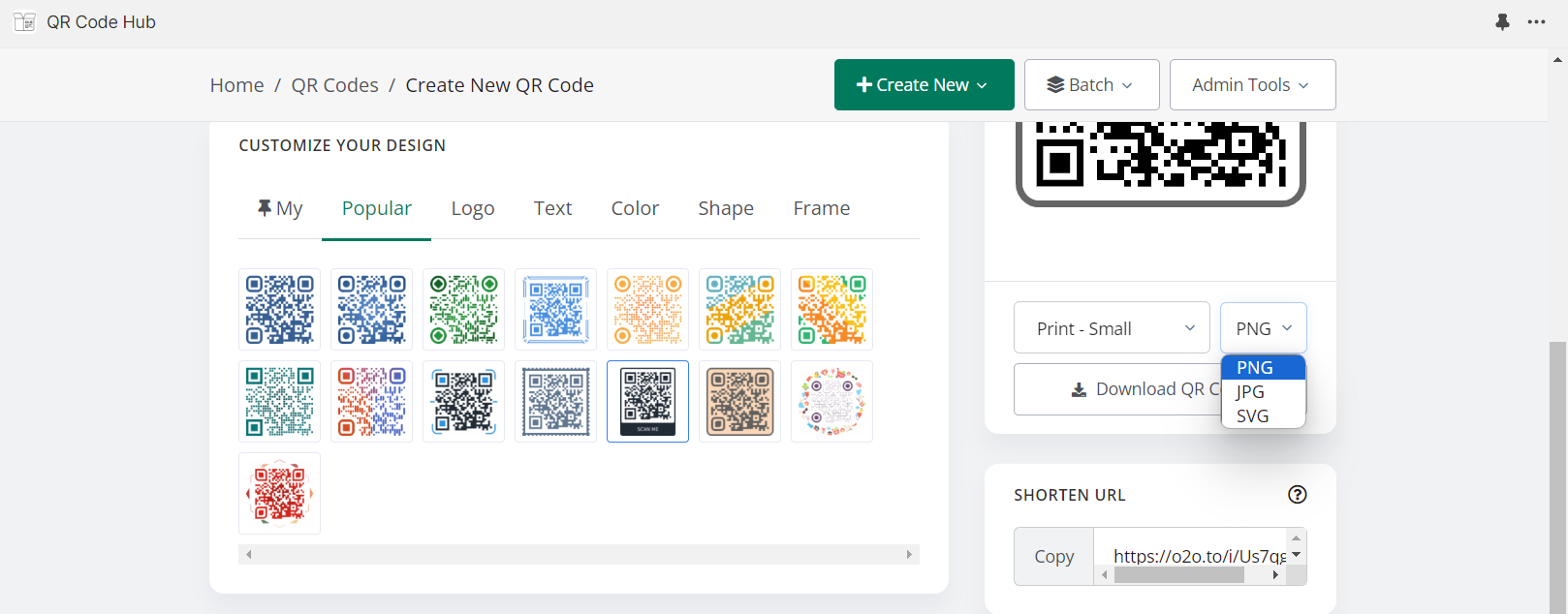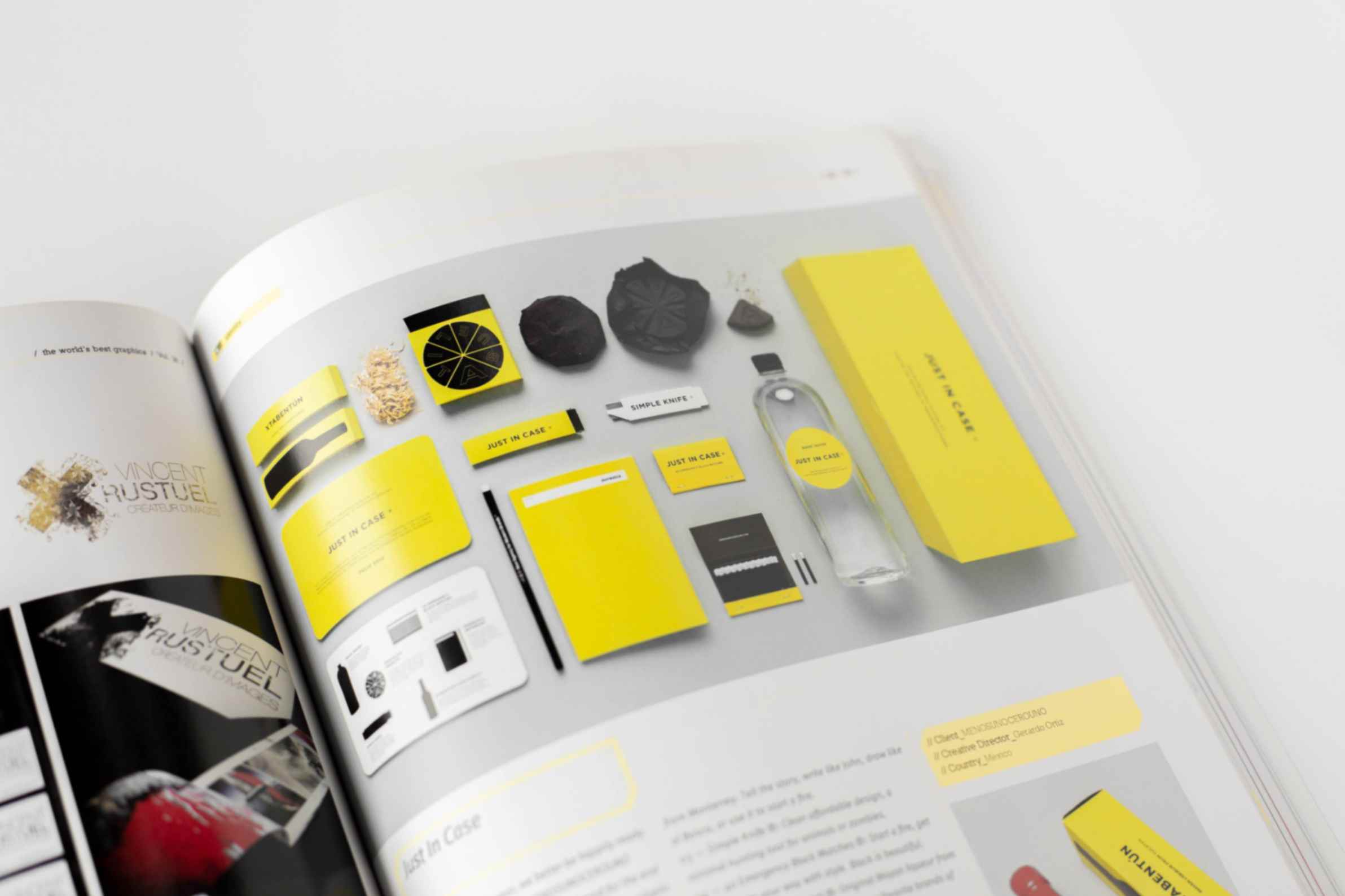Why are Colors Important in QR Codes to Establish Brand Identity?
Jonathan Palley
Aug 9, 2023
While QR codes were commonly black and white in color, this limitation has long been over.
The truth is, well-designed QR codes can serve as more than just functional tools; they can be an aesthetic extension of your brand's identity.
And this is where colors come into play.
The Magic of Visual Branding in QR Codes
Think of your favorite brands.
Chances are that the first thing that comes to mind is their logo and the colors associated with it.
Visual branding holds immense power – it's the reason you recognize a Starbucks store even before you see the sign.
This is where colors play an important role in crafting a memorable brand identity.
With QR Code Generator Hub app for Shopify, it is now possible for QR codes to do much more than simply transmit information.
Shopify QR Code Generator Hub app is a versatile tool that empowers you to create QR codes that seamlessly integrate with your brand's aesthetics.
With options to experiment with colors, shapes, and design elements, you can align your QR code's appearance with your brand's palette.
Where Do Color Customized QR Codes Shine?
Colored QR codes open up a world of possibilities across a variety of applications, especially for Shopify store owners.
Imagine the impact of a colored QR code on your branding and marketing efforts.
Here are some scenarios where colored QR codes truly shine:
1. Product Packaging
Your product packaging is designed with a QR code that seamlessly harmonizes with your brand's color scheme and design.
It's more than just a code; it's an invitation to explore, interact, and connect.
Customized QR codes on packaging add a touch of elegance and sophistication, enhancing the overall unboxing experience for your customers.
2. Event Promotions
Dynamic QR codes can be customized to reflect the theme and spirit of your event.
Whether it's a corporate conference, a music festival, or a charity gala, you can design QR codes to resonate with the event's aesthetics.
This not only catches the eye but also sets the tone for what attendees can expect.
3. Printed Collateral
Incorporating QR codes into printed materials like brochures, flyers, and posters has become commonplace.
But why settle for a monochrome QR code that stands apart from your design?
QR codes seamlessly blend with your marketing materials, becoming an integral part of the layout and enhancing visual appeal.
4. Retail and E-commerce
Brick-and-mortar stores can leverage colored QR codes to bridge the gap between their physical space and online presence.
QR codes on a store display can lead customers to exclusive online offers, product information, or customer reviews.
The code's color can align with the store's branding, ensuring a cohesive experience.
5. Restaurant Menus
Restaurants are increasingly adopting dynamic QR codes for their menus, allowing customers to access digital menus using their smartphones.
QR codes on menus add a modern touch while maintaining the ambiance of the dining experience.
They can also highlight special dishes or promotions, catching patrons' attention.
6. Educational Materials
In educational settings, colored QR codes can be integrated into textbooks, worksheets, or classroom materials.
Students can scan the codes to access additional resources, videos, or interactive content related to the subject.
The use of colors makes the experience more engaging and appealing.
7. Marketing Campaigns
QR codes also play a crucial role in marketing campaigns.
Whether it's a direct email campaign, a billboard, or a digital advertisement, incorporating a branded QR code adds an interactive element.
Users are drawn to the code's vibrant colors, and scanning it becomes a seamless step in their journey.
8. Real Estate
For real estate professionals, dynamic QR codes on property signage can provide prospects with instant access to property details, virtual tours, and contact information.
The use of colors can signify different property types or features, simplifying the information-sharing process.
Conclusion
Colors in QR codes are not just about aesthetics; they're about creating a bridge between the physical and digital aspects of your brand.
Leverage the power of colors to establish a lasting impression, enhance user experience, and elevate your brand identity.
As technology continues to intertwine with design, don't overlook the potential of these small, vibrant squares – they might just hold the key to unlocking a richer brand identity.



